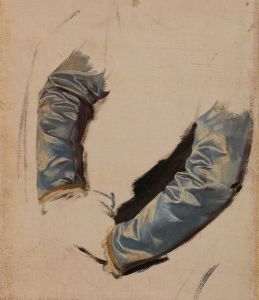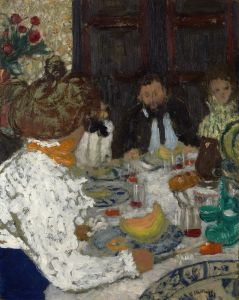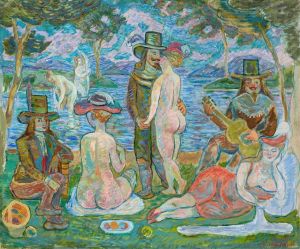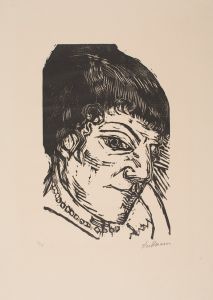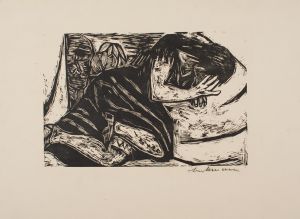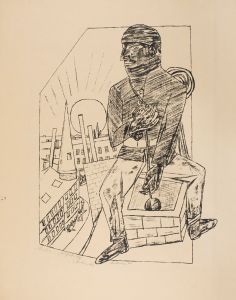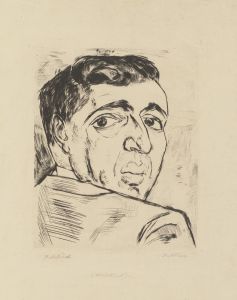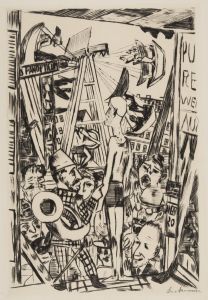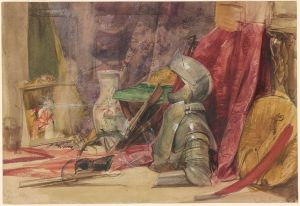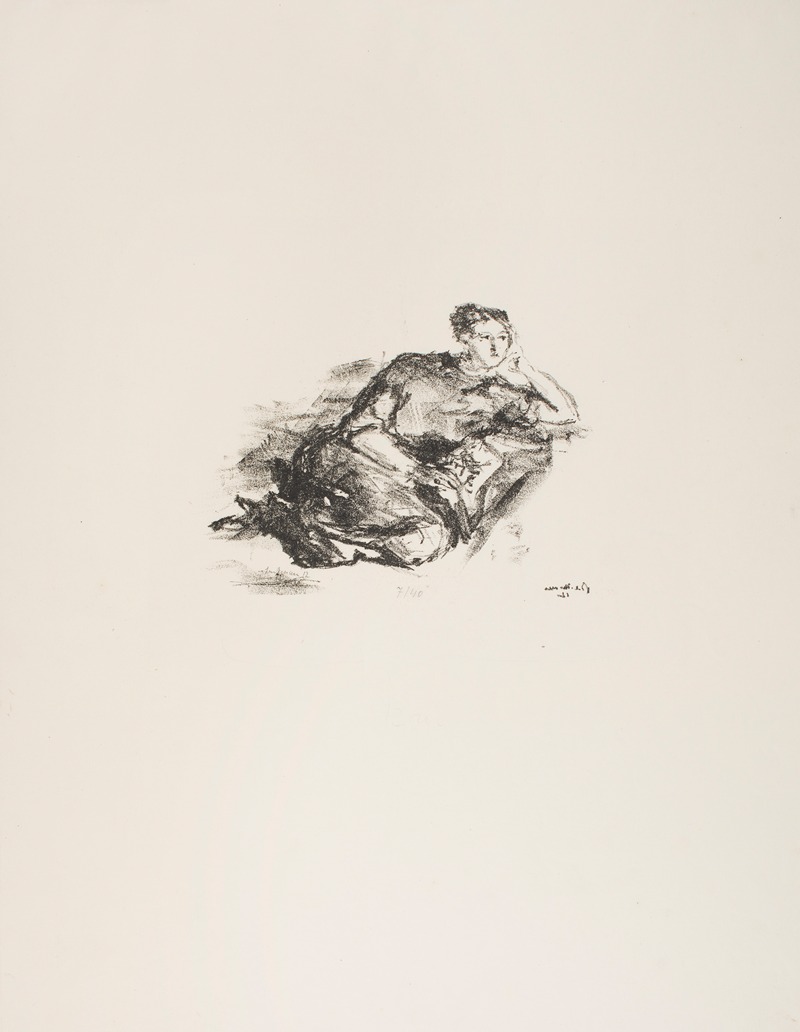
Mink on the Sofa
A hand-painted replica of Max Beckmann’s masterpiece Mink on the Sofa, meticulously crafted by professional artists to capture the true essence of the original. Each piece is created with museum-quality canvas and rare mineral pigments, carefully painted by experienced artists with delicate brushstrokes and rich, layered colors to perfectly recreate the texture of the original artwork. Unlike machine-printed reproductions, this hand-painted version brings the painting to life, infused with the artist’s emotions and skill in every stroke. Whether for personal collection or home decoration, it instantly elevates the artistic atmosphere of any space.
Max Beckmann (1884–1950) was a German painter, draftsman, printmaker, and sculptor, associated with the New Objectivity movement. His work is known for its bold colors, complex compositions, and often intense emotional content. Beckmann's art frequently reflects the tumultuous historical context of the early to mid-20th century, including the impact of World War I and the rise of Nazism in Germany.
"Mink on the Sofa" is one of Beckmann's paintings, though specific details about this particular work are not widely documented in public art historical records. Beckmann's oeuvre often includes portraits, self-portraits, and allegorical scenes, characterized by a unique blend of realism and expressionism. His style is marked by a strong use of line and a vivid color palette, often conveying a sense of tension and psychological depth.
Beckmann's career was significantly affected by the political climate of his time. During the Nazi regime, his work was labeled as "degenerate art," and he was dismissed from his teaching position at the Städelschule in Frankfurt. In 1937, Beckmann left Germany and spent ten years in Amsterdam before moving to the United States in 1947, where he continued to work and teach until his death in 1950.
While specific information about "Mink on the Sofa" is limited, it can be contextualized within Beckmann's broader body of work. His paintings often explore themes of identity, power, and the human condition, frequently featuring figures in interior settings that suggest narratives of introspection or social commentary. Beckmann's use of space and perspective is typically complex, with figures often appearing in compressed, stage-like environments that heighten the drama of the scene.
Beckmann's work is celebrated for its ability to capture the complexities of modern life, and his paintings are held in major collections worldwide, including the Museum of Modern Art in New York, the Tate Modern in London, and the Städel Museum in Frankfurt. His influence extends beyond his lifetime, impacting subsequent generations of artists who admire his technical skill and the emotional intensity of his work.
In summary, while detailed information about "Mink on the Sofa" is not readily available, understanding Beckmann's artistic style and historical context provides insight into the potential themes and significance of the painting. Beckmann remains a pivotal figure in 20th-century art, known for his ability to convey the intricacies of human experience through his distinctive visual language.





